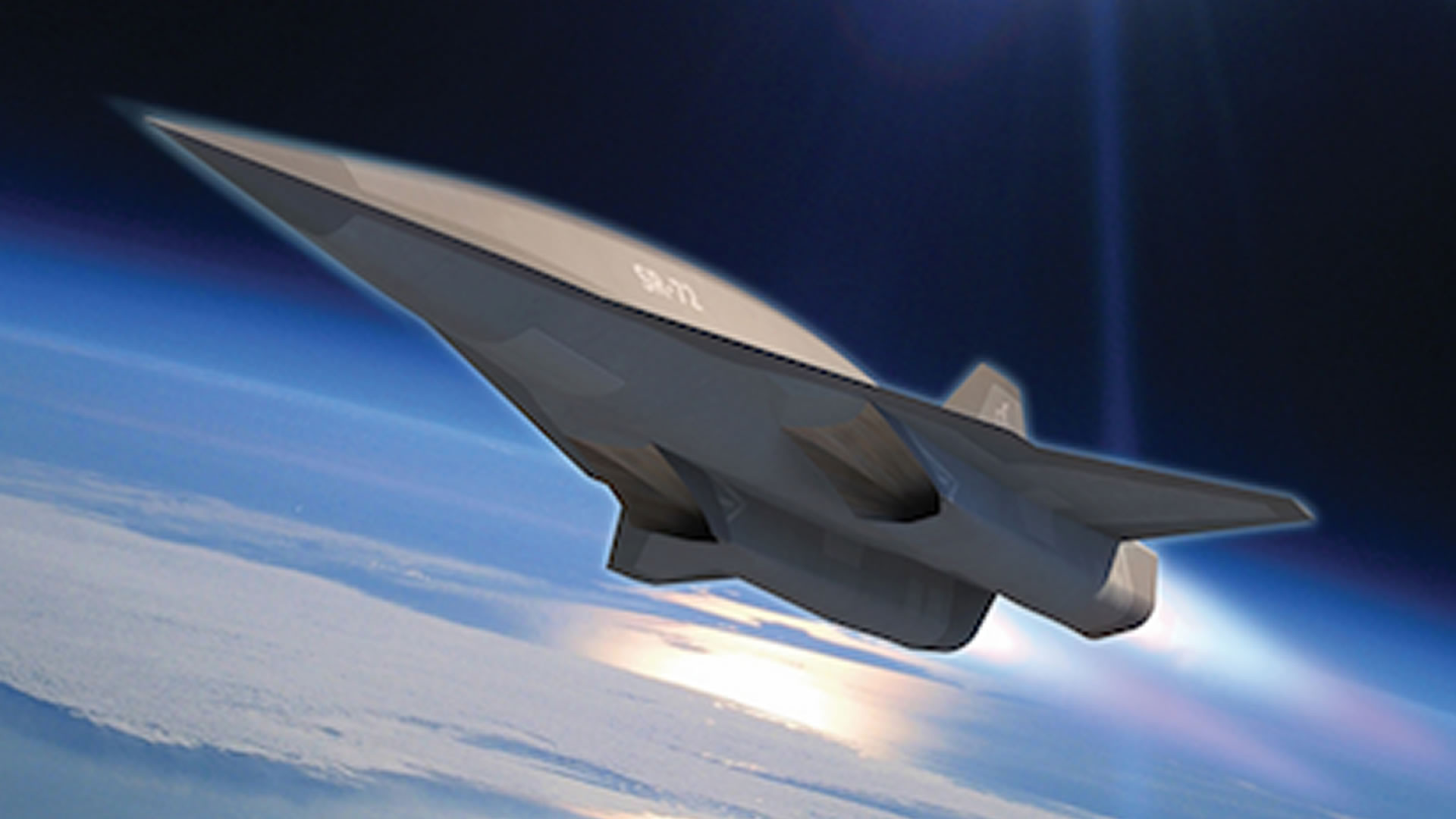Speed records with this kind of plane are sort of meaningless. The higher you go, the faster you go. Also, at higher altitudes the speed of sound is slower.
Arguably the Boeing space plane flies faster, as did the space shuttle.
These speeds have an actual use for the military. Since they are faster and fly higher than anything else in the sky, it is really hard to get a missile to intercept these birds. Hence, they can fly over interesting locations, take pictures, and scedattle.
Maybe even drop a payload. Which effectively turns them into reusable ICBMs.
Oh I know, but the point I’m making is that things higher up go faster. The space station orbits the Earth in 92.9 minutes. Also, using mach numbers doesn’t really tell you anything without an altitude or pressure. Mach 1 at ground level is faster than mach 1 at 60,000 feet.
The military is accutely aware of this, just look at the U-2 spy plane. That thing flies so high that the speed of sound is so low and the stall speed so high that they’re nearly the same - this is referred to as “coffin corner” of the flight envelope. Pilots have to be exceptionally careful banking at this altitude, as the inner wing will go slower than the outer wing in a turn, so you can have the tip of one wing stalling and the tip of the other wing breaking the speed of sound.
Doesn’t that kind of imply this vehicle would be capable of achieving orbit? I figured speed would at least be limited by dry weight ratio.
Orbit, no, but these craft should surely be able to achieve a suborbital trajectory into space.
They don’t have engines that work in space though, so they would not be able to circularise their orbit and remain up there. It would just be a parabolic arc that comes back down into the atmosphere somewhere else.
This probably wouldn’t be a good thing to do, though, as the craft would have little way to orient itself for re-entry, and there could be issues re-lighting the engines.
Ah, that makes sense. I wonder how big of a rocket you’d need for that last step.
Not that big, much smaller than an ordinary rocket uses for its stage 2. You already have most of your orbital velocity - and you get it from jet engines, which are generally more efficient.
There’s a theoretical type of craft called an SSTO - Single Stage To Orbit. This is typically a plane that can take off from land, fly at hypersonic speeds at the top of the atmosphere and create a suborbital trajectory, then a small but efficient rocket engine for circularisation and orbital maneuvers in space. Unfortunately, these currently only exist in video games, but workers at SpaceX have long been known to say “Hey, it worked in Kerbal Space Program…”
Another cool Kerbal design is asparagus staging. This is for rockets, where you use fuel lines such that all engines get their fuel from certain tanks. This way, when you jettison your side boosters you still have full tanks in the remaining rocket. Normally, each engine has its own tank, so when you jettison your core booster will be partially depleted. With asparagus you can even pair them up and have more stages, instead of jettisoning all side boosters at once. Unfortunately, such a design is impossible with current technology, the fuel lines just aren’t reliable - it was fuel issues that caused both failures of Starship Flight 2.
TIL! I’d heard of SSTO - and it sounds like you’re saying they’re a retrofit away, at least for the US government - but not asparagus staging. It’s called “propellant crossfeed” less casually, apparently, in case any one else wants to look into it.
There was an international venture to create an SSTO, with the UK making engines and Europe making the fuselage, called Skylon. I’m not sure what the current status is, but it did indeed Work In Kerbal Space Program.
And yeah, that is a very relevant XKCD! More to the point, these days I can’t look at the Millenium Falcon without thinking “NOO! They need to point the other way and burn retrograde so they won’t crash into Yavin IV!!” The concepts are alien and not intuitive, like quantum mechanics, but once you accept them it becomes a new way of looking at and understanding the world.
It’s pretty cool that you can bend orbital manuevers with just some little tags, and see how easily passing by a planet or moon might give you the opportunity to accelerate or decelerate and drastically alter your orbit. Pass on the inside and you can slow down and tighten your orbit, pass on the outside and you can speed up or stretch it out.
Skylon is a totally different kind of engine, though. It’s has a turbojet with active cooling at the inlet, basically. The SR-72 uses a scramjet at high speeds.
It sounds like the enabling tech was 3D printing, based on the Wikipedia article. There must be a really intricate system of tiny channels within it.



